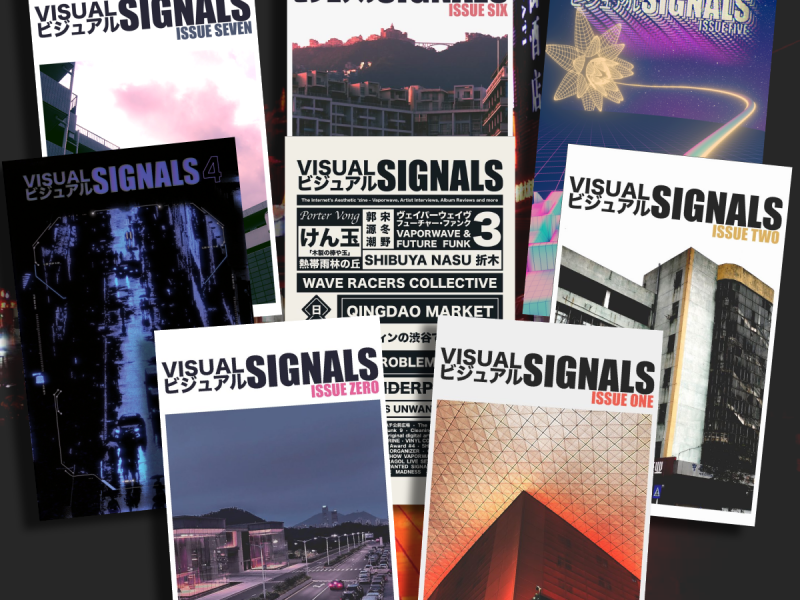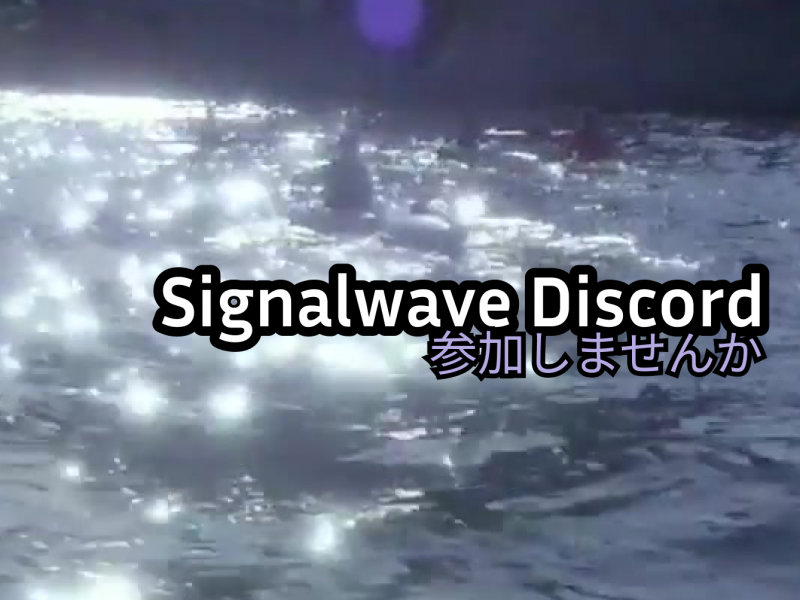Vaporwave has inspired AI in several ways, particularly in the field of generative art and music. The aesthetics and techniques used in Vaporwave, such as the sampling of existing music and the use of glitch and distortion effects, have been used as inspiration for the development of AI-powered music generators and image filters.
One way that Vaporwave has inspired AI is through the use of deep learning algorithms to create new music. Researchers and developers have used neural networks to analyze existing Vaporwave tracks and create new ones based on the patterns and structures they detect. This has led to the development of AI-powered music generators that can create entire tracks or albums in the Vaporwave style.
Vaporwave has also inspired the development of AI-powered image filters and generative art tools. The use of glitch and distortion effects in Vaporwave has been replicated in AI-powered image filters, allowing users to create digital art with a similar aesthetic. AI-powered generative art tools have also been developed that can create new images based on the patterns and structures of existing Vaporwave art.
There are several examples of AI-inspired Vaporwave music that have been created using AI algorithms, including:
- “Deep Learning In The Windy City” by Dan Stowell – This track was created using a deep learning algorithm that analyzed and synthesized existing Vaporwave tracks. The result is a unique, AI-generated Vaporwave track that captures the genre’s signature sound.
- “Vaporchamber” by OpenAI – This track was created using OpenAI’s Jukebox AI music generator, which can generate new music in a wide range of styles. The track features Vaporwave-style production and was generated using a model that was trained on a dataset of 1.2 million songs.
- “Aesthetic Regeneration” by Magenta – This track was created using Google’s Magenta AI music generation platform, which uses machine learning algorithms to analyze and generate new music. The track features Vaporwave-inspired production and was generated using a recurrent neural network (RNN) model trained on a dataset of MIDI files.
- “Neon Ocean” by Amper Music – This track was created using Amper Music’s AI music composition platform, which allows users to generate new music in a variety of styles. The track features Vaporwave-style production and was created using a custom AI model that was trained on a dataset of Vaporwave tracks.
These examples demonstrate how AI algorithms can be used to generate new Vaporwave music that captures the genre’s unique sound and style. By training AI models on large datasets of existing music, developers can create new works of art that build upon and expand the Vaporwave aesthetic.
Another way that Vaporwave has inspired AI is through its use of nostalgia and the recycling of existing cultural artifacts. This has led to the development of AI-powered tools that can analyze and generate new content based on existing cultural artifacts, such as images, music, and video. These tools can be used to create new works of art or music that reference and build upon existing cultural material.
In conclusion, Vaporwave has inspired AI in several ways, particularly in the fields of generative art and music. The techniques and aesthetics used in Vaporwave, such as the sampling of existing material and the use of glitch and distortion effects, have been used as inspiration for the development of AI-powered music generators and image filters. The use of nostalgia and the recycling of existing cultural artifacts in Vaporwave has also inspired the development of AI-powered tools that can create new content based on existing cultural material.

